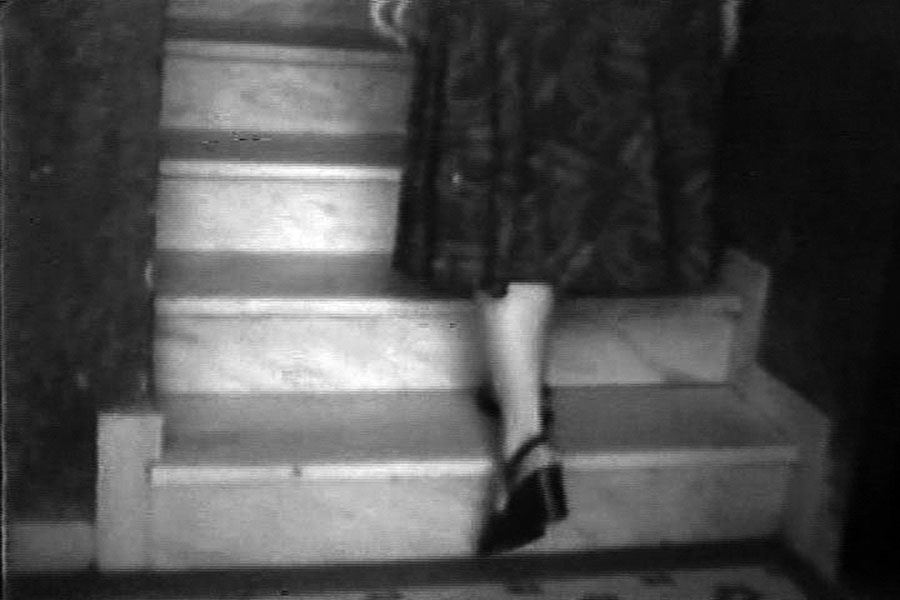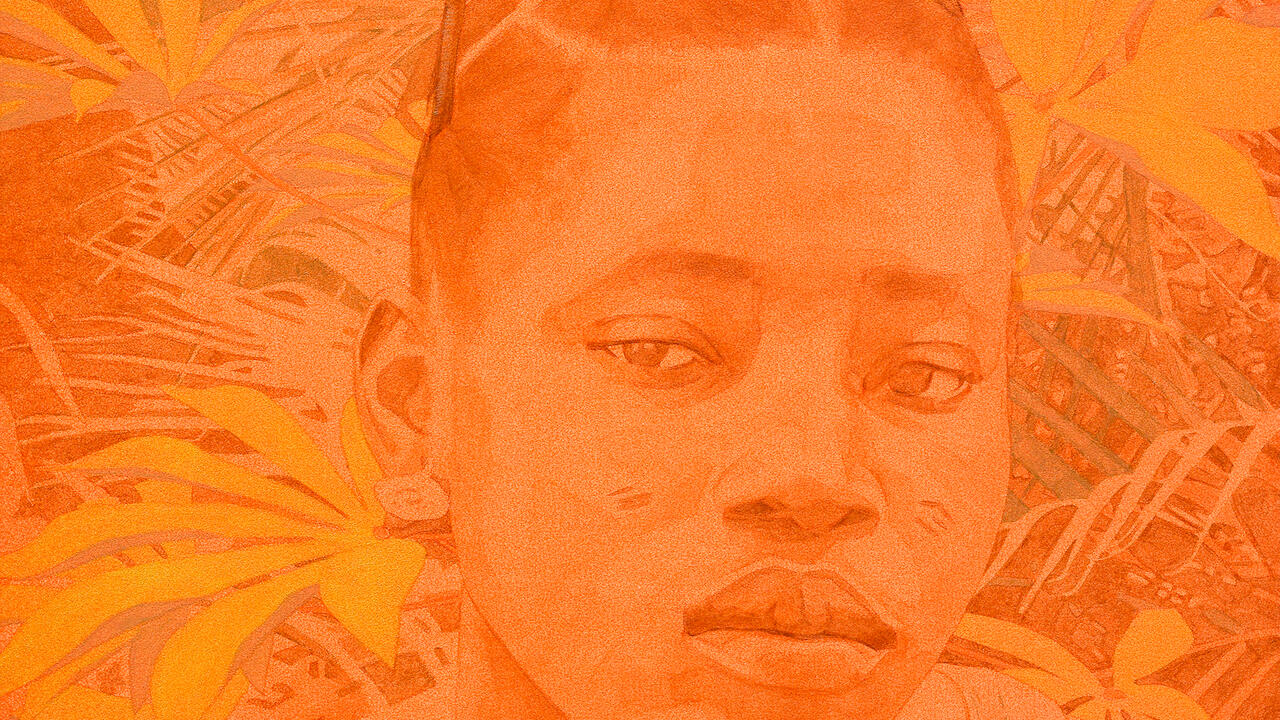Anna Bella Geiger Probes the Nature of Brazilian Identity
At MASP and SESC Avenida Paulista, the artist’s survey asks who ‘belongs’ and who controls the national narrative
At MASP and SESC Avenida Paulista, the artist’s survey asks who ‘belongs’ and who controls the national narrative

For over 60 years, the Brazilian artist Anna Bella Geiger has fluidly traversed painting, sculpture, video, installation and photography, exploring systems and frameworks as varied as the human body, self-representation, mathematical equations, cartography, geography, the art world and varied socio-political issues. This survey comprises 190 artworks made since the early 1950s, which are installed across two venues on São Paulo’s iconic Paulista Avenue: SESC Avenida Paulista and Museu de Arte de São Paulo (MASP). Three installations (Circumambulatio, Circumambulation, 1972, Mesa, friso e vídeo macios, Soft Table, Frieze and Video, 1981, and Indiferenciados, Undifferentiated, 2001) and three videos (Passagens 1 and 2, Passages 1 and 2, both 1974, and Telefone sem fio, Wireless Phone, 1976) are on view at SESC, while at MASP a comprehensive selection showcases Geiger’s singular range, displayed in a 3-×-3-metre grid of temporary walls in the museum’s otherwise open-plan lower-level gallery.

‘Anna Bella Geiger: Brasil nativo/Brasil alienígena’ (Native Brazil/Alien Brazil) borrows its title from the eponymous work created by Geiger in 1976–77, in which the artist appropriates photographic postcards from Manchete magazine picturing ‘the way of life’ of the indigenous Bororo people from the state of Mato Grosso. Geiger paired images of herself and her immigrant family at their Rio de Janeiro home with the postcards, displaying the two sets together in a pair of framed columns, with Brasil nativo (Bororo) on the left and Brasil alienígena (Geiger and family) on the right. The columns culminate in two large-scale photographs, one of a naked Bororo man and the other of Geiger in a blue dress, both in the same pose, aiming a bow and arrow at a high, unseen target. The artist’s juxtaposition points to the challenges of depicting Brazil’s diverse population: who gets represented and by whom.

Painting has been a recurring medium in Geiger’s practice and a selection of 20 watercolours and gouaches dating from the 1960s, representing human organs and viscera, greet visitors at the entrance to the show. To the right of these hang several of Geiger’s shaped-canvas paintings from the mid-1980s. Some are simple ellipses, while others consist of geometric forms laid atop each other, their surfaces at times smooth, at others textured. The artist’s interest in sculptural surfaces is also on display in a section dedicated to her interest in cartography, geography and the discourses of power therein. The semi-circular diptych A parte – Geométrica brasileira (The Part – Brazilian Geometric, 1984) – a pair of softly padded, wedge-shaped canvases, painted and screenprinted in beige and green – resembles two slices of differing sizes cut from the same orthographic map. The title reiterates each panel’s sense of isolation from an imagined whole, a nod, perhaps, to Brazil’s cultural isolation at the time, when the country was under a repressive military dictatorship (1964–85).

Geiger’s iconic series ‘Burocracia’ (Bureaucracy), comprising paintings and videos dating from the mid-1970s to the 2010s, appropriates a 1970s television advertisement for ointment in which four women each pronounce one of the syllables of the product’s name. In her parodies, Geiger substitutes the product name with the word ‘burocracia’ alongside the phrase ‘sobre a arte’ (about art), as a criticism of art-market consensus and its effects on aesthetic production. ‘Burocracia’ at once confronts the commodification of art and the institutional models that formalize creativity.
Geiger’s exhibition is part of ‘Women’s Histories, Feminist Histories’, a year-long programme at MASP focusing on women artists and feminist practices. A broadly comprehensive survey of Geiger’s experimentation with different media and engagement with pressing topics, it reveals how tremendously relevant her work remains today.
Main image: Anna Bella Geiger, 'Native Brazil / Alien Brazil', 2020, installation view. Courtesy: MASP and SESC Avenida Paulista, São Paulo




















